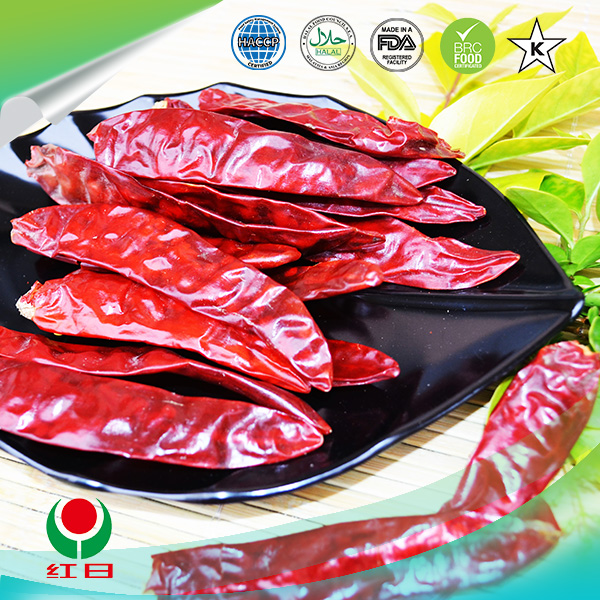- No. 268 Xianghe Street, Economic Development Zone of Xingtai city, Hebei 054001 China
- Byron@hbhongri.cn
Natural Paprika Extract E160c for Color and Flavor Enhancement in Food Products
The Fascinating World of Paprika Extract E160c
Paprika extract, commonly referred to as E160c, is a natural food coloring derived from the red fruits of Capsicum annuum, the sweet pepper. This vibrant extract not only enhances the visual appeal of various food products but also carries with it a rich history of culinary and health benefits.
Historical Context
The use of paprika dates back centuries, with origins tracing back to Central and South America, where indigenous peoples cultivated various species of Capsicum. Its introduction to Europe in the 16th century transformed European cuisine, particularly in countries such as Hungary and Spain. Over time, paprika evolved into a staple spice, celebrated for both its flavor and color.
Today, paprika is not just a spice but a vital ingredient used in the food processing industry, primarily for its coloring properties. E160c is particularly valued for its ability to impart a deep, warm red hue to food products, making them more appealing to consumers.
Production Process
The production of paprika extract involves harvesting mature red peppers, which are then dried and ground into a fine powder. This powder can be further processed to extract the pigments, primarily carotenoids, responsible for the vibrant color. The two main types of carotenoids found in paprika are capsanthin and capsorubin, which not only contribute to the extract’s color but also offer antioxidant properties.
Culinary Applications
paprika extract e160c

E160c is widely used in various culinary applications. It can be found in processed meats, cheese, sauces, snacks, and baked goods. The extract elevates the visual aspect of these products, but it also provides a subtle sweetness and mild flavor that complements many dishes. In addition, the use of paprika extract is especially prominent in traditional dishes from regions where paprika is a culinary cornerstone, such as Hungarian goulash or Spanish paella.
Health Benefits
Beyond its culinary uses, E160c offers several health benefits. Paprika is rich in vitamins A, C, and E, and is packed with antioxidants that help combat oxidative stress in the body. Furthermore, the carotenoids present in the extract are known for their anti-inflammatory properties, which may contribute to overall health.
Research has suggested that the consumption of paprika may also support cardiovascular health, boost the immune system, and improve general well-being. As consumers become more health-conscious, the demand for natural ingredients like paprika extract continues to rise.
Safety and Regulatory Status
Paprika extract E160c is considered safe for consumption by various food safety authorities around the world, including the European Food Safety Authority (EFSA) and the U.S. Food and Drug Administration (FDA). It is classified as a natural food coloring, providing an alternative to synthetic dyes that are often met with skepticism by health-conscious consumers.
Conclusion
In conclusion, paprika extract E160c is a multifaceted ingredient that not only enhances the color and flavor of food products but also offers a range of health benefits. With its rich history and continued popularity, it represents a bridge between traditional culinary practices and modern food science. As the food industry increasingly leans toward natural alternatives, paprika extract is poised to play an even more significant role in the future of food production. Its vibrant hue and inherent benefits make it a truly remarkable component in our diets, enriching both the visual and nutritional profile of the foods we enjoy.
-
Turmeric Rhizome Powder: A Golden Treasure from Roots to TableNewsJul.28,2025
-
The Versatile Application Of Crushed Red Hot Peppers: Lighting Up The Red Flames On The Dining TableNewsJul.28,2025
-
The Paprika: A Touch Of Vibrant Red In Color, Flavor, And CultureNewsJul.28,2025
-
Ground Turmeric: A Modern Examination of an Ancient SpiceNewsJul.28,2025
-
Capsicum Liquid Extract: Features, Applications, and ChallengesNewsJul.28,2025
-
Application of Capsicum Liquid Extract in FoodNewsJul.28,2025







